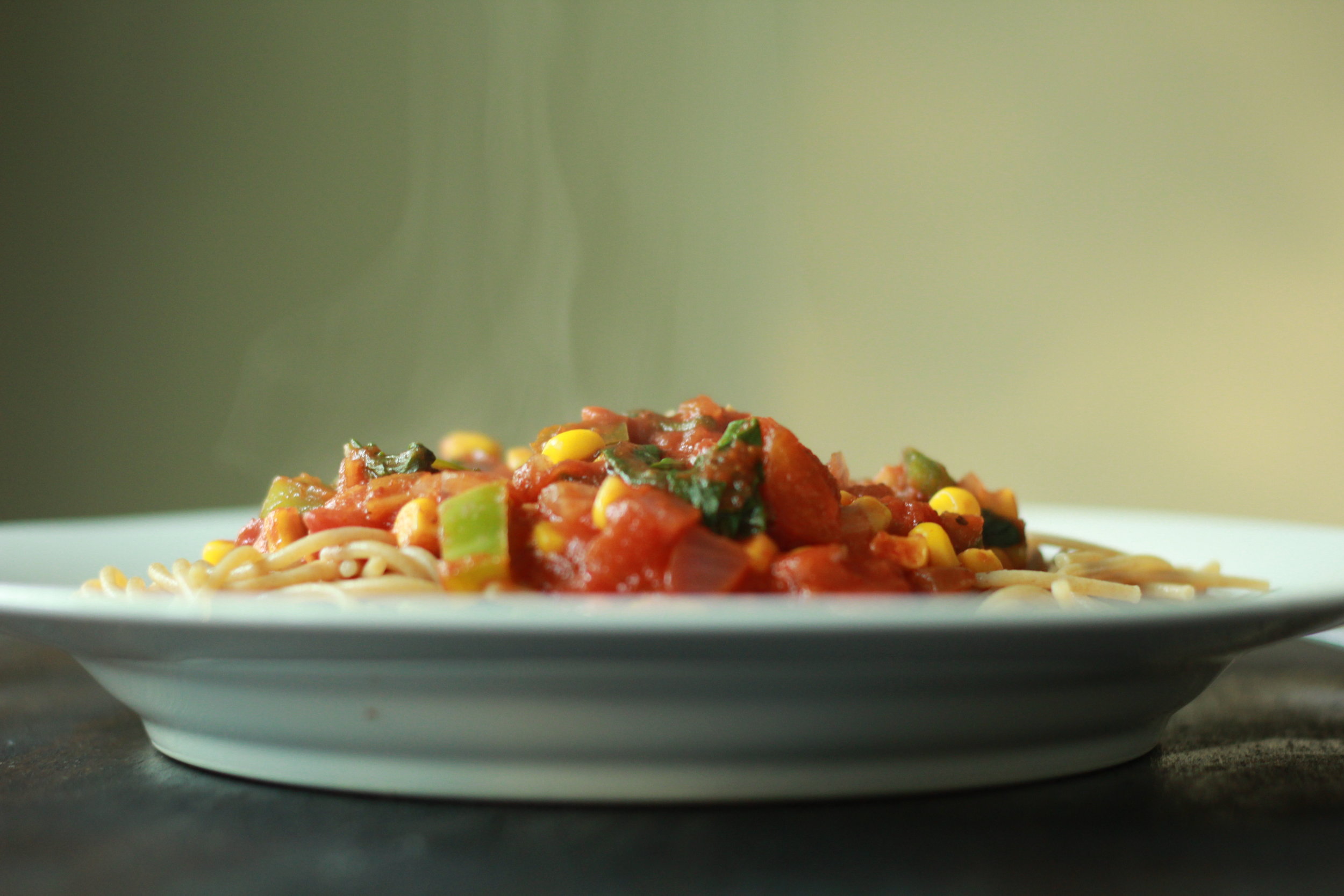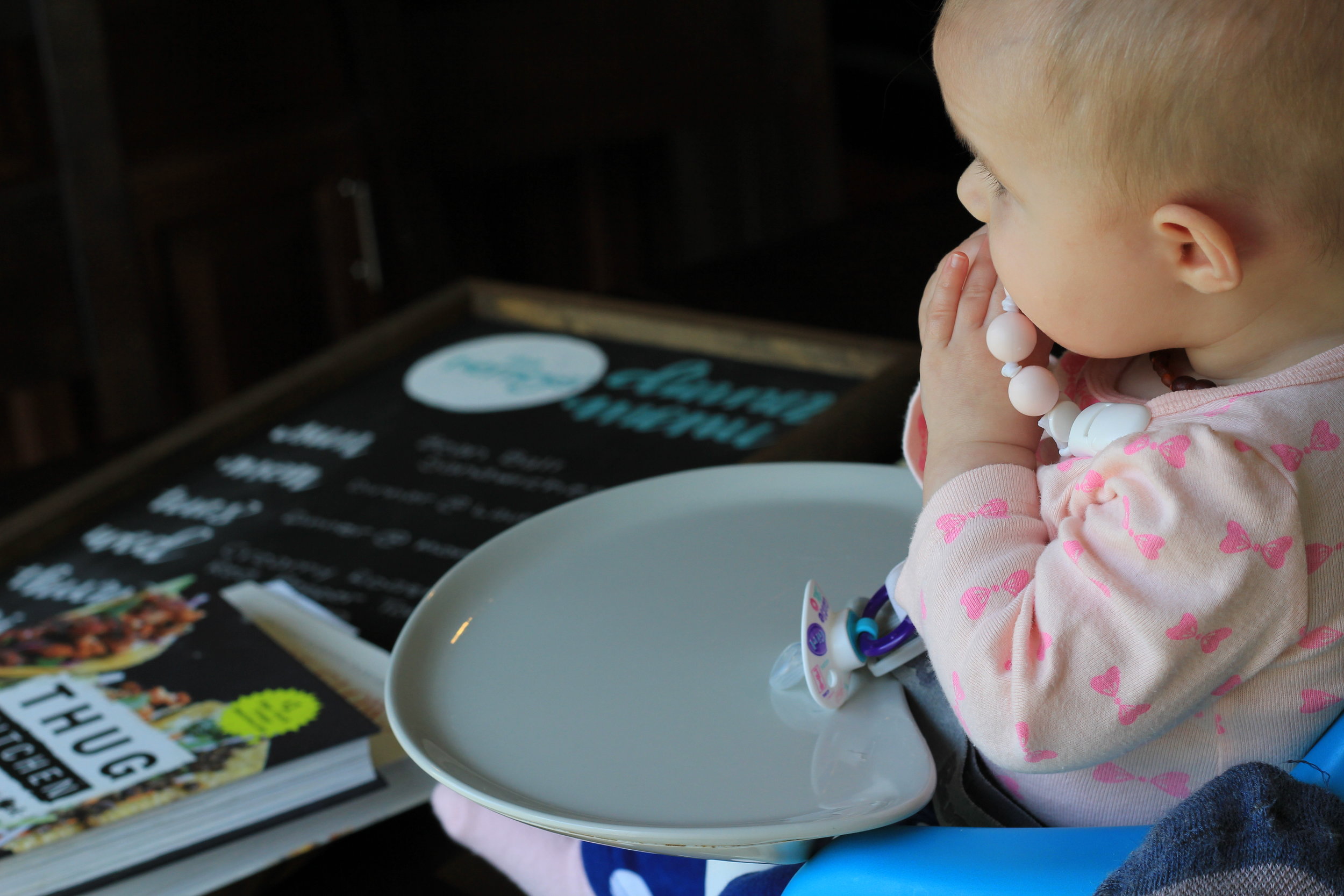Podcast Features
What do you want to learn more about?
Mentorship Program, 1:1 Nutrition Coaching with Alison
The Wholesome Journey - Group Nutrition Coaching Program
April 8, 2017
Alison Tierney, MS, RD, CD, CSO
Alison is a registered dietitian, board-certified in oncology nutrition, and a cancer thriver. Her expertise in oncology nutrition and personal experience with her own cancer diagnosis and its treatment provide her with the unique perspective of being able to relate to her clients on an entirely different level. Her content is consistently focused on evidence-based guidelines and seeks to increase the awareness of the power of nutrition to complement traditional cancer therapies.
- Alison Tierney, MS, RD, CD, CSOhttps://wholesomellc.com/author/alisonwholesomellc-com/
- Alison Tierney, MS, RD, CD, CSOhttps://wholesomellc.com/author/alisonwholesomellc-com/
- Alison Tierney, MS, RD, CD, CSOhttps://wholesomellc.com/author/alisonwholesomellc-com/
- Alison Tierney, MS, RD, CD, CSOhttps://wholesomellc.com/author/alisonwholesomellc-com/
When it comes to cooking meals, there is nothing I dislike more (other than dirty dishes) than trying to choose what to have for dinner when it is already 5:00…6:00…7:00, yikes! When that time of the day strikes with no meal plan, eating out or take out tends to happen more often. I feel confident saying you too know this all too well.
As someone who consumes a plant-based diet and living in a town where plant-based dining is hard to come by, we rely even more on meals at home. Throw a 6-month baby girl in the mix, and eating at home becomes even more important.

Actually, my husband and I prefer to eat our meals at home. Sure, we absolutely enjoy going out on a dinner date, but we tend to prefer the food we cook ourselves over eating out. Plus, there are several advantages to cooking at home, including:
- Affordability: Cooking your own meals is much cheaper than eating out! Even running through the drive-thru can add up significantly.
- Healthier Choices: Individuals tend to choose healthier options when cooking at home. At home, you can control not only how much, but what is in your food.
- Food Safety: Cooking at home doesn’t eliminate food borne illnesses, but it dramatically reduces the risk as you have control of how your food is cooked and stored.
- Encourages Family Bonding: Sure, a family can sit down together when out to eat. But eating at home not only encourages family dinners, but also encourages children to learn cooking skills—a lifelong skill!
- Control of Food Allergens/Sensitivities: For those with food allergies/sensitivities, eating in allows families to control what ingredients are used in meals.
Many are aware of the advantages of cooking and eating at home as a family, however, many struggle to make it happen. Commonly, patients tell me cooking at home is difficult due to lack of time. Although meal planning does require some time upfront, you’ll find proper meal planning is relatively simple and can lead to slimmer waistlines, decreased groceries bills, less stress, and ultimately time saved! Who doesn’t want all it has to offer?!

10 tips for effective and stress-free meal planning!
1. Know where to go for recipes.
One of the biggest questions I am asked regarding recipes is where I find them. All over the place! However, I have several of my favorite cookbooks within easy reach in the kitchen. The ones I use less frequently are in the kitchen, but a little more than an arm reach away. If your cookbooks are stashed away, you’re much less likely to pull them out or even know what recipes are in there waiting for you. In addition, I frequent food blogs and save recipes I’m interested in trying to boards on Pinterest. I also have a board for “Keeper Recipes” to remind myself which recipes were loved enough to make again!
2. Have a calendar, board, or a simple piece of paper to keep track of what’s for dinner.
You think you’ll remember what you planned for dinner on a certain night, but you won’t. This list can be as simple as a post-it note, a sticky note on your computer desktop, a dry-erase board, or chalkboard dinner menu. We just updated our board to a chalkboard menu from LoveMeSomeBoards! We love this rustic wooden sign and how it perfectly matches our style. Not only would a board help you remember what’s for dinner, but it will allow your family to know what’s for dinner—hopefully so they can start the cooking process if you aren’t home yet!

3. Know your/the family’s schedule for the week.
Let’s face it–you most likely won’t eat at home every night. Plus, with busy schedules, who is home for dinner will most likely vary. As important it is to sit down and eat meals together as a family, it most likely doesn’t happen every night. At our house, the type of meal depends on if both my husband and I are home for dinner. If it’s just me (and Baby Girl), I will most likely choose a recipe that requires less time. I’ll save the more time intensive recipes for a night my husband is home, or for a weekend night. If we know we are going out to eat or have dinner plans away from the home, I will indicate that on the menu board.
4. Meal plan IN your kitchen.
It sounds silly and simple, however, being in the kitchen when menu planning makes a big difference. I’ve meal planned from the couch before—actually even several times on the car ride home from a trip–but meal planning should involve making use of what you already have at home. How many cans of beans to do you have? Do you have 2 or 3 onions left? Planning from your kitchen allows you to cut down on food waste, over purchasing, and shout outs to your spouse when you ask “Oh, can you also check how many potatoes we have left?”
5. Make your grocery list as you plan.
This piece is key. Sit with your recipes, a grocery list, and board or calendar. When you find a recipe you want to make, add it to the night you want to make it, check which ingredients you already have, and add those ingredients you do not have right to the list. Say goodbye to “Ugh, I forgot the tomato paste!”
6. Plan for leftovers.
Leftovers are a crucial piece of cost and time savings! Be sure to estimate how many servings a particular meal will make. If there are two of you at home and the recipes makes four servings, you can either plan the leftovers to be lunch or dinner the next day. You don’t have to make a homemade meal every night!
7. Utilize the freezer.
Let’s face it, there are several types of foods that freeze extremely well—especially soup! If you know you love a certain recipes that freezes and reheats well, double the recipe! If you’re already chopping and using cooking times, you might as well make another batch for a meal in the future.

We love making Pasta Primavera in double batches and freezing one batch for later. Boil whole wheat pasta, reheat the sauce, and viola!
8. Meal prep in advance, if able.
Some meals might be more time intensive, however, some steps could be completed several days in advance. Making a soup that requires chopped veggies? Chop them on Sunday! Making a homemade pizza? Make the dough in advance and refrigerate or freeze earlier in the week! Making granola that is simple but requires a long duration in the oven? Make it in advance when you know you’ll be around the house for several hours. Did someone say laundry day?
9. Keep it simple.
Sometimes people associate meal planning with long, drawn out recipes. Who says? Meal planning can be as simple as “Monday: Baked potato, frozen broccoli, and fruit.” If you want to try a time intensive recipe, save it for a day you know you’ll have time.
10. Make it a habit!
As I mentioned before, meal planning can require some time upfront. However, the more often you meal plan, the easier it gets. That is the same for other healthy habits. Choosing a day of the week you will meal plan and grocery shop and sticking to it (with some flexibility) will make the whole process easier and simply become part of what you do.
To get you started on some great meal planning or to add beautiful rustic boards to your home, LoveMeSomeBoards is offering Wholesome readers 20% off any boards through April 30th, 2017 when you order from the Etsy Shop. Use the promo code: WHOLESOME to redeem this offer.
Happy Meal Planning!

My meal planning helper, Baby Girl!
10 Tips for Effective Meal Planning
Wholesome LLC is not a medical practice, and its employees cannot offer medical advice. This website provides educational information but it is not a substitute for medical advice from a licensed medical professional who is familiar with your particular facts and circumstances. The information contained on this website is not intended to diagnose, treat, or cure any disease and shall not be construed as medical advice. The information and education on this website is provided for you to use at your own discretion.
You can further review our disclaimer here.
Wholesome
About Alison
Courses & Programs
The Wholesome Journey
Free Resources
FAQs
Press & Media
Recipes
Blog
Contact Us
Shop
© 2025 Wholesome, LLC All rights reserved.
Privacy Policy
Terms of Use
Disclaimer
Mobile Terms of Service